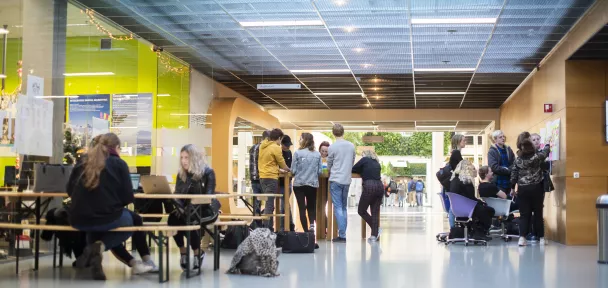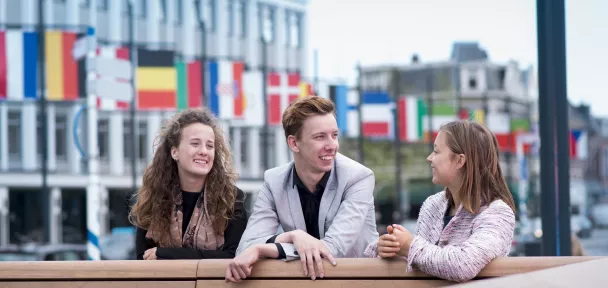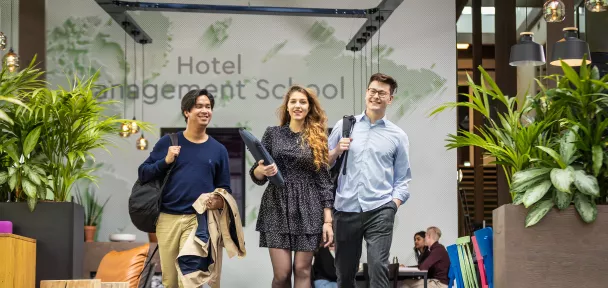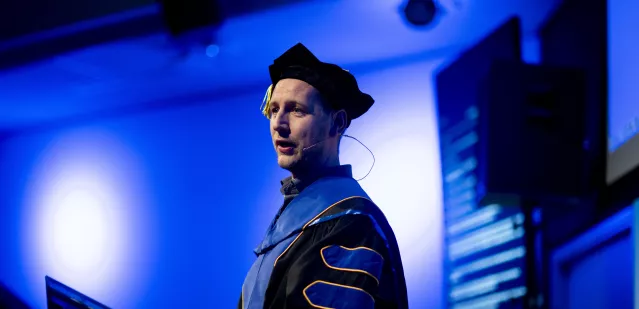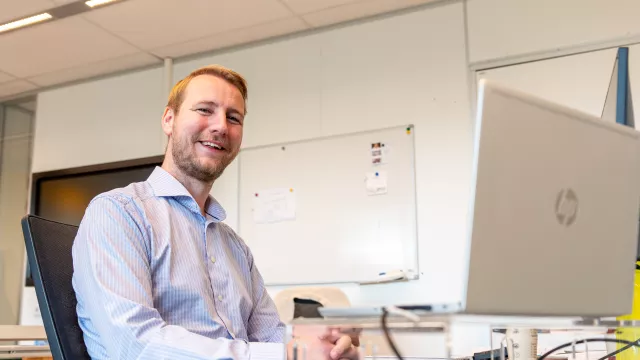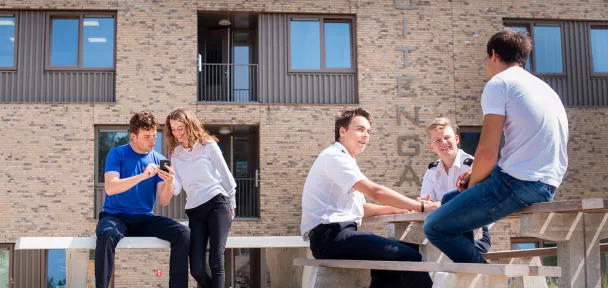
From the industrial manufacturing industry to potato growers, more and more business sectors are now familiar with the benefits of smart cameras that can detect things difficult to see with the human eye. At the Computer Vision & Data Science professorship of applied sciences, they have elevated training these artificial intelligence (AI) models to an art. "From disease detection to quality control and from precision agriculture to healthcare; we can teach an AI model almost anything," says brand-new professor of applied sciences Klaas Dijkstra. "Together with students, we work on a variety of assignments from the field." High time to take a look.
1. A self-thinking body scanner
Airport, courthouse or prison: for many years, the body scan has been a tried-and-tested way to keep out weapons and contraband. However, the research by Klaas, his team and OD Security - manufacturer of medical technology - takes this scanner just a little further. "Currently, the security officer detects suspicious objects based on the X-ray scan. In our research, we teach the scanner itself to detect abnormalities," Klaas explains. "We do this by collecting all kinds of photos of the human body. Using these, we train the model to recognise abnormalities that may indicate contraband. In doing so we use, for example, a medical dummy with the same characteristics as the human body. The aim is for the body scanner, together with the smart camera, to immediately notice any difference and see what our human eye misses. This way, we will make prisons, airports and courthouses even safer."
2. Better recycling with the textile camera
From the tea towel to your pants: every textile item has a label indicating the composition of its fibres. Cotton, viscose, elastane, polyester; there is a huge choice. "You can't make that distinction with the human eye if there is no more label on a product," Klaas knows. "But a hyperspectral camera can. For this, we use the knowledge of our fellow researchers at the Circular Plastics professorship. Jointly, we have a camera that recognises plastics. We teach it that same trick, but with textiles. The camera recognises the type of fibre, which makes it easier to recycle discarded textiles. The more pure the residual waste, the higher-quality recycled textile products we can make. So we give a second life to textiles. And it's as easy as that: the camera does it all!"
3. Smart cameras watching along with (strawberry) apple growers
At between 1.2 and 2.6 millimetres long, the green peach aphid is barely visible to the naked eye. Yet this tiny critter can cause major damage in a potato field. " That's why many potato growers spray preventive pesticides over their crops," says Klaas. "A waste of investment as well as bad for people and the environment. With our smart camera, we are able not only to observe this critter, but also take razor-sharp pictures of it. We then teach the camera to recognise the green peach aphid and the farmer is notified immediately. This way, you are only spraying when it is really necessary."
Apple growers are also reaping the benefits of Klaas' smart cameras. "We train AI models to recognise diseased apples in a tree. From Elstar to Granny Smith, we feed the model thousands of photos of each apple variety. The challenge in this project is that taking photos is only possible in a short span of time each year. After all: apple trees laden with fruit are only found in autumn. Therefore, we generate our own photos of apple tree species with AI. We ask AI to generate photos of an Elstar tree. Then we use those to train an AI recognition model. This is how we grow a digital orchard where we can harvest data all year round."
